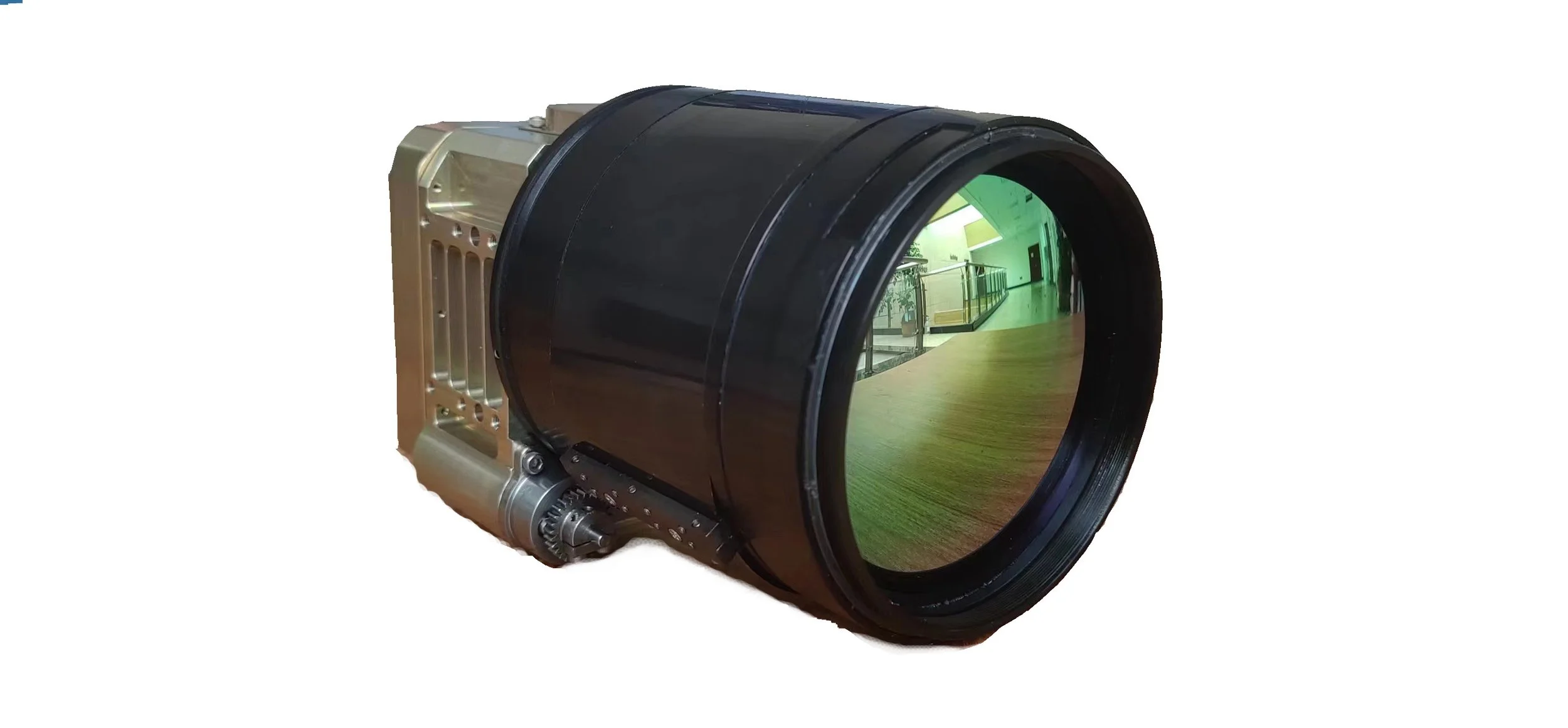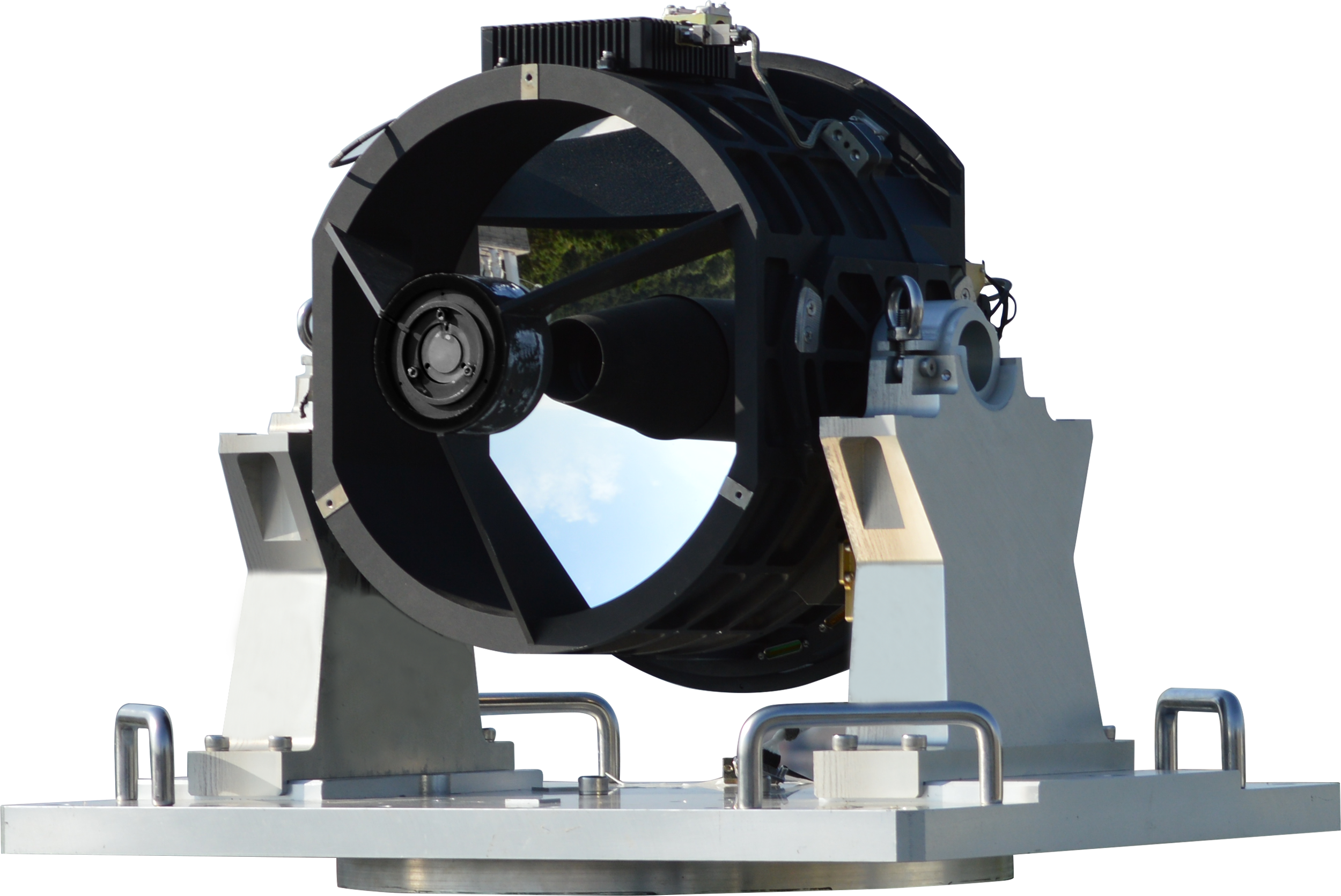
MWIR Lens
MWIR lenses have strong anti-interference capabilities, can work all day and all weather, and have strong resistance to smoke and haze.
There is an urgent application demand for infrared optical systems in the fields of road monitoring, forest fire prevention, airport monitoring, military reconnaissance, etc. Among them, the MWIR lens has attracted more and more attention because of its continuous change of focal length, which can not only monitor and search targets over a large range, but also magnify targets for careful observation, and will not lose target information during the zoom process. es
The MWIR lens has the characteristics of small size, large zoom ratio, long detection distance, and excellent imaging quality. At the same time, it has a strong ability to search and identify infrared targets, making it extremely applicable and widely used in many industries and military fields.
MWIR Lens Basics
Spectral Band: 3 – 5 µm, which coincides with the peak thermal radiation of objects from roughly 200 °C – 800 °C. This lets the lens record both natural body-heat emission and reflected MWIR light.
Atmospheric Window: Water-vapour absorption is relatively weak in this band, so images remain sharp over long ranges and through haze or light smoke.
Typical Detectors: Cooled InSb or HgCdTe (MCT) focal-plane arrays with NETD < 20 mK deliver a high signal-to-noise ratio when paired with fast, large-aperture MWIR optics.






